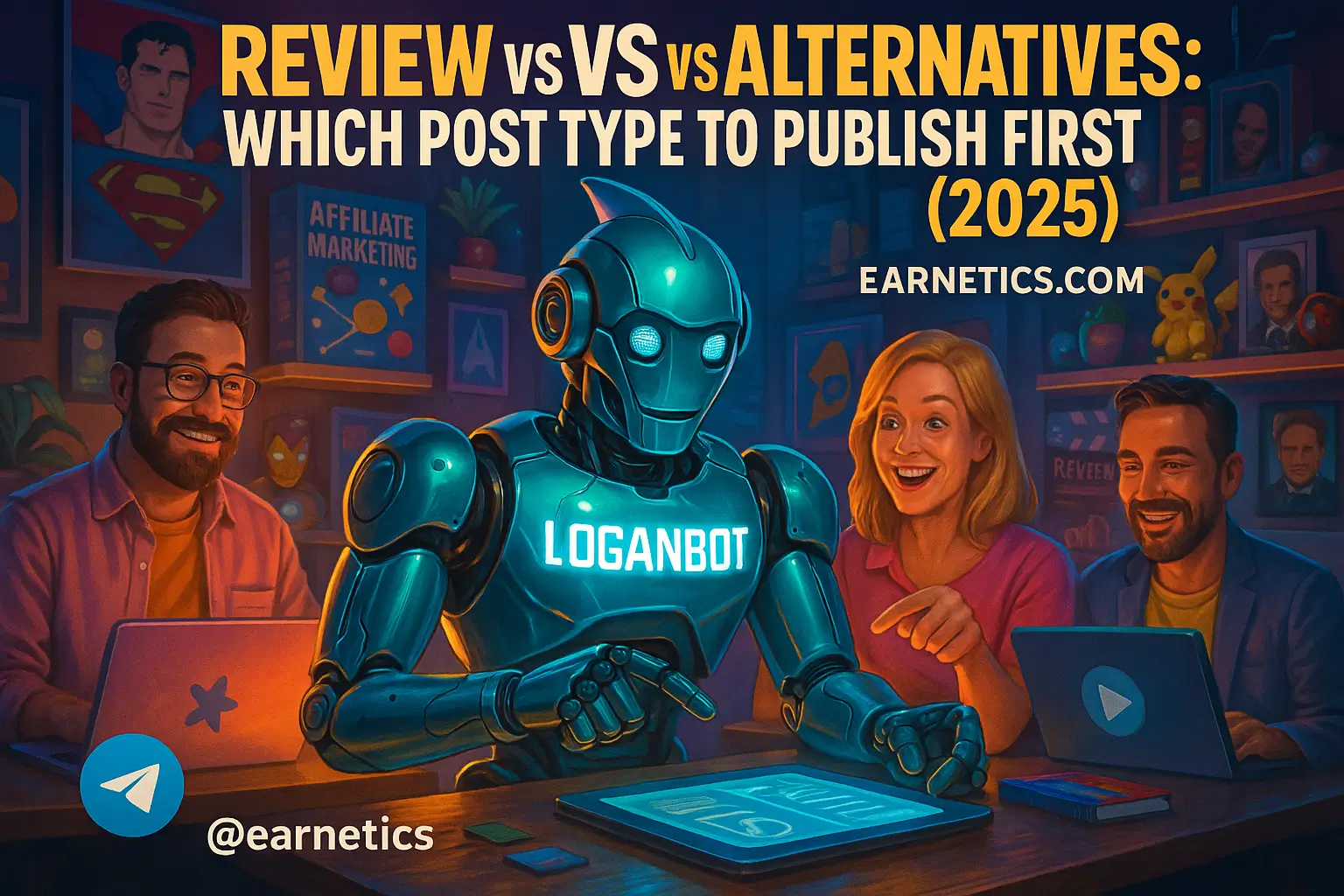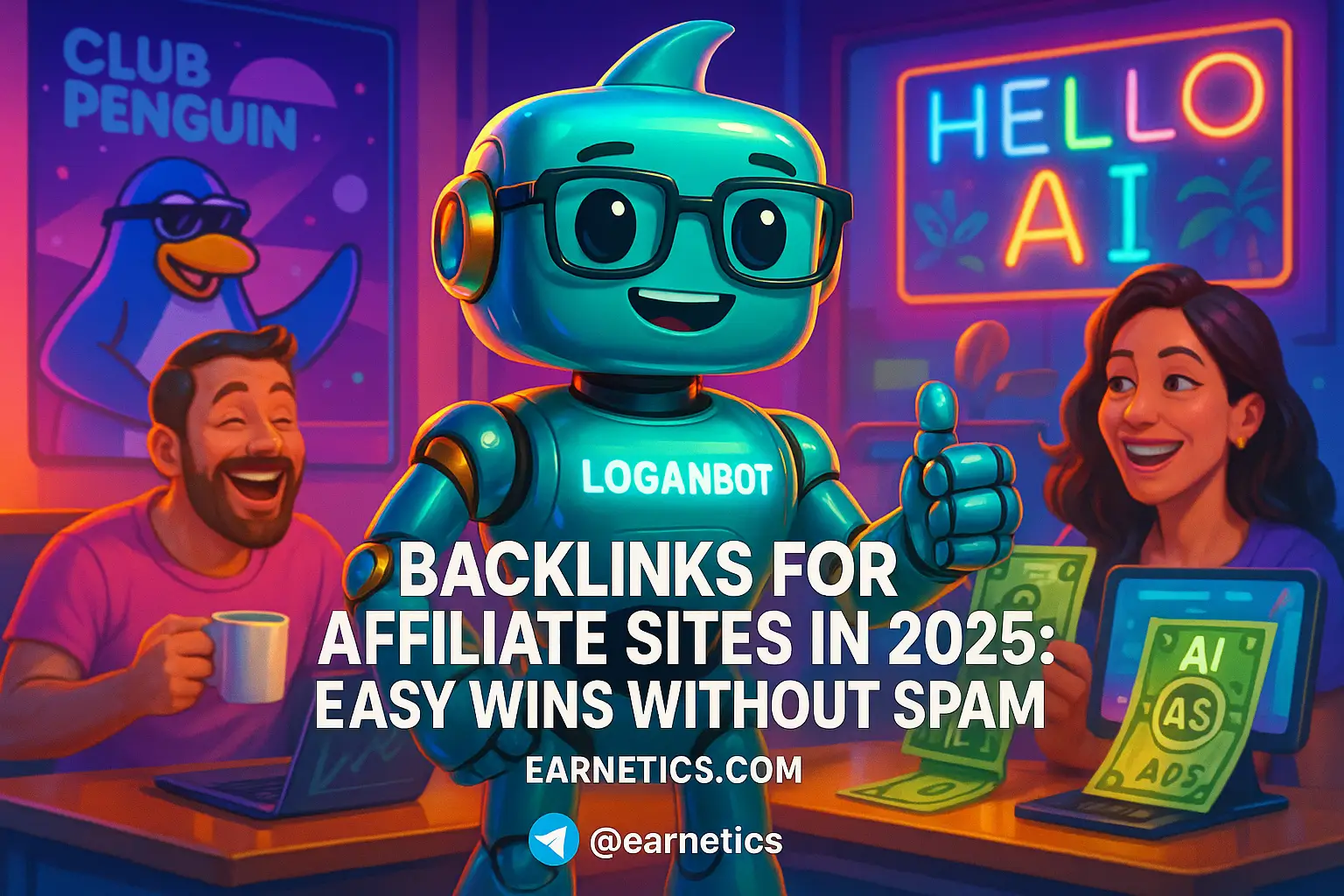Introduction – Which post type to publish first in 2025?
Which post type to publish first is the tactical question of 2025, as AI content, SERP features, and shifting search intent rewrite how pages win clicks.
I remember staring at a blank CMS screen in January 2025, trying to pick the first post for a brand-new product vertical while Google’s snippets and generative AI cards did whatever mood swings they were having that week. The stakes felt weirdly high – one wrong first post and you funnel a month of traffic into a content swamp that never converts. I tested, burned a few links, and learned fast.
Let me define the three post types so we’re not arguing semantics like nerds at a bar.
Review: a hands-on deep dive into a specific product or model, with verdicts, pros/cons, and ideally original testing.
VS (comparison): a head-to-head that answers “A vs B” for buyers choosing between two or more clear options.
Alternatives: a discovery-style list of substitutes when a product is missing, too expensive, or niche – great for low-competition long-tail queries.
One-line focus: this article answers which post type to publish first and why that choice changes now.
Quick why it matters in 2025: AI-generated content floods the web, SERP features multiply – think comparison carousels, product packs, AI-generated summaries – and user intent fragments. That means a post that matched intent in 2022 can get smothered today. For affiliates and lead gen, timing the right post type first now moves the needle on impressions, CTR, and conversions.
Also, here’s the keyword research simulation I used while testing this: Main keyword – which post type to publish first. Secondary keywords – review post SEO, comparison post SEO, alternatives post examples, content publishing order, buyer intent content, review vs comparison, product alternatives SEO. LSI and related phrases – product review guide, A vs B comparison, alternatives to X, best replacement for, product comparison table, SERP features 2025, review schema, buying intent keywords, discovery search queries, comparison snippet optimization.
What I promise: actionable rules, clear SEO signals to watch, examples from my experiments, and a simple publish-first decision framework you can apply this week. Next up I break down Reviews, VS posts, and Alternatives – when each wins, when it flops, and how to sequence them into a content plan.
Review Posts: When to Publish First
H3: Buyer intent & conversion potential
I publish review posts first when I spot strong commercial intent. People searching for “model X review” or “product Y review” are usually at the decision end of the funnel – they want reassurance before they click buy. In my tests, review landing pages delivered the highest conversion rates when the product has clear brand recognition and buyers seek validation – think flagship phones, popular SaaS tools, or trending gadgets.
Expected conversion uplift depends on fit. For established categories with well-known brands, review posts can convert at 3x to 5x higher than discovery pages because intent is specific. For brand-new or obscure products, reviews tumble into thin-content territory and convert poorly.
Example: when a major headphone maker launched a new model, a quick, honest review that included my hands-on impressions and a scorecard outperformed a generic comparison by a wide margin. But if the category is fuzzy or buyers are still exploring, that review felt like yelling into a void.
H3: SEO setup & on-page signals for reviews
For review post SEO, I treat the page like an authority page. Target keywords are obvious – product + review, model + review, is model X worth it. I add review schema and ratings schema so Google can surface rich snippets and stars, and I craft an FAQ block that answers common buyer hesitations. Follow Google’s guide on structured data to implement schema correctly – a clean reference is available at Google Search Central.
Trust elements are non-negotiable: hands-on testing notes, original photos or short clips, a clear pros/cons list, price context, and a scorecard that older folks and AI both understand. Tone matters – be useful, not obsequious. And yes, transparency helps – disclose affiliate links clearly to build trust and reduce refunds.
H3: When NOT to publish a review first
Don’t publish a review first if the product has zero awareness, the query landscape is dominated by comparison intent, or you lack original testing. Reviews underperform when searchers say “A vs B” or “alternatives to X” more than “X review.” In those cases, you risk ranking only for branded searches and missing wider discovery traffic.
Other risks: thin content that reads like a product page, premature affiliate links that feel pushy, and publishing before you can add unique proof. If I don’t have at least one original data point or photo, I hold off on a review and pivot to a comparison or alternative post until I can add substance.
Comparison (VS) Posts: Strategic Use
H3: Best use cases for VS posts
I reach for comparison posts when I see two or three clear contenders splitting market share. “A vs B” searchers usually want to know the practical differences and which product matches their use case. In my experience, VS posts frequently outrank individual reviews for mid-funnel queries because searchers are still choosing between options.
Comparison posts win in competitive categories – think cameras, headphones, project management tools – where users weigh tradeoffs. Timing is key: publish a VS when awareness exists but before most buyers make a final decision.
H3: Keyword strategy & modifiers to target
For comparison post SEO, I target templates like “A vs B”, “A vs B comparison”, “A vs B better”, and modifiers such as “for photographers”, “under $X”, “for beginners”. Long-tail modifiers capture niche intent and often have lower competition. I also structure content to aim for featured snippets – short comparison tables, a clear “Which is better for X” line, and summary bullets that a search engine can lift into a snippet.
One trick I learned: write modular comparison sections that can be repurposed as quick answer snippets. That increases your odds of grabbing a comparison carousel or a people-also-ask slot.
H3: Content structure & monetization tactics
My VS pages follow a predictable, scannable structure: opening verdict, side-by-side spec table, head-to-head pros/cons, clear winner by use case, and links to in-depth reviews. That decision matrix is the secret sauce – readers leave knowing which product fits their needs.
Monetization is practical: show a clear winner but include contextual affiliate links for both options. Keep disclosures upfront and avoid bait-and-switch. I link from the VS to detailed reviews to capture both comparison searchers and buyers who want a deeper dive – that internal funneling turns browsers into buyers.
Alternatives Posts: When They Win
H3: Why alternatives pages capture discovery traffic
I publish alternatives posts first when discovery and substitution intent dominate. People search “alternatives to X” when a product is out of stock, overpriced, deprecated, or simply not what they want. Alternatives pages attract long-tail, low-competition traffic and can be gold mines for niches and legacy products.
I’ve seen these pages drive steady organic growth for years because they match exploration behavior. If a product drops from the spotlight or gets banned in certain regions, alternatives pages become the main entry point for buyers seeking replacements.
H3: Keyword research & content framing for alternatives
Target phrases: “alternatives to X”, “X replacement”, “X alternatives free”, and “best substitutes for X”. Decide whether to cluster multiple alternatives in one page or build single-alternative deep dives – I usually start with a clustered page to gauge demand, then spin winners into full reviews. Use evidence – screenshots, pricing comparisons, use-case scenarios, and a suitability matrix – to show why each alternative matters.
One thing I do differently: surface underrated options that big sites ignore. That gives search engines something unique to index and readers a reason to stay.
H3: Linking strategy and funnel role
Alternatives pages are discovery hubs. I link them to comparison posts and reviews with anchors like “best for photographers” or “budget pick.” This creates a clear funnel: discovery to comparison to decision. Contextual CTAs guide intent – “compare these two”, “read full review”, “see price” – and I track which anchors push users further down the funnel.
Content Sequence & User Intent: How to Decide
H3: Map post types to the buyer journey
I map Alternatives to Awareness, VS posts to Consideration, and Reviews to Decision. That’s the quick visual I keep on my wall when planning. Awareness pages bring volume and surface intent. Consideration pages help people choose. Decision pages capture the transaction-ready clicks. Apply this across niches: for SaaS, alternatives = category comparisons; for consumer electronics, VS sits in the middle; for beauty, reviews can be impulsive purchase triggers.
Think of it like a funnel diagram – alternatives at the top, comparisons in the middle, reviews at the bottom – and plan content to pull users left-to-right toward conversion.
H3: Practical publishing sequences and priorities
My recommended sequences depend on signals. If the product is unknown, publish an Alternatives first. If two clear leaders exist, publish a VS first. If the product is a flagship with demand, publish a Review first. Here’s a simple 30/60/90-day example I used:
1. Day 0-30: Publish an Alternatives or comparison landing page to capture discovery and mid-funnel queries. Add internal links.
2. Day 31-60: Publish the deep Review for the winner(s) identified by early data. Add schema and original testing.
3. Day 61-90: Publish targeted VS posts and spin-offs like “best for X” to tighten conversion paths.
This sequencing lets me iterate based on traffic and early engagement signals rather than betting everything on the first post.
H3: Measure, iterate, and rank signals to watch
Track impressions, CTR, average position, engagement metrics, and conversion rate. If a page gets impressions but low CTR, tweak titles and meta descriptions. If CTR is fine but conversions are low, check alignment of intent and on-page trust signals. Watch for SERP features you can win – featured snippets, comparison packs, or product carousels – and optimize for those with structured content. A/B test headlines, experiment with snippet-friendly bullets, and treat internal linking as a conversion lever.
Conclusion
In short, map intent first, then pick the post type that meets the strongest early intent and sequence content to guide users toward conversion. If people are discovering substitutes, lead with Alternatives. If they are weighing two or three clear options, lead with a VS comparison. If they know the product and need final validation, lead with a Review. I learned this the rough way – through tests, some ranking fails, and a few surprising wins when I let intent call the shots.
Quick checklist for the impatient: publish Review first when the product has brand demand and you can do original testing; publish VS first when two clear competitors dominate search queries; publish Alternatives first when discovery and substitution queries outnumber brand-review searches.
Action steps you can take today: run a keyword-intent audit for your target product, choose the first post type using the rules above, sketch a 30-day plan, build an internal linking map, and track impressions, CTR, and conversion rate as your three KPIs. Iterate every two weeks and be ready to pivot if SERP features or intent shift.
Final 2025 note – guardrails for AI content: don’t rely on generative fluff. Original testing, proprietary examples, and real photos still beat templated AI text for conversions. Use AI to speed drafting and research, but always add human proof – that’s what converts in 2025.
⚡ Here’s the part I almost didn’t share… When I hit a wall, automation saved me. My hidden weapon is Make.com – and you get an exclusive 1-month Pro for free.
🔥 Don’t walk away empty-handed. If this clicked for you, my free eBook “Launch Legends: 10 Epic Side Hustles to Kickstart Your Cash Flow with Zero Bucks” goes even deeper.
Want to keep digging? Explore more guides on Earnetics.com and build your digital income empire today.


